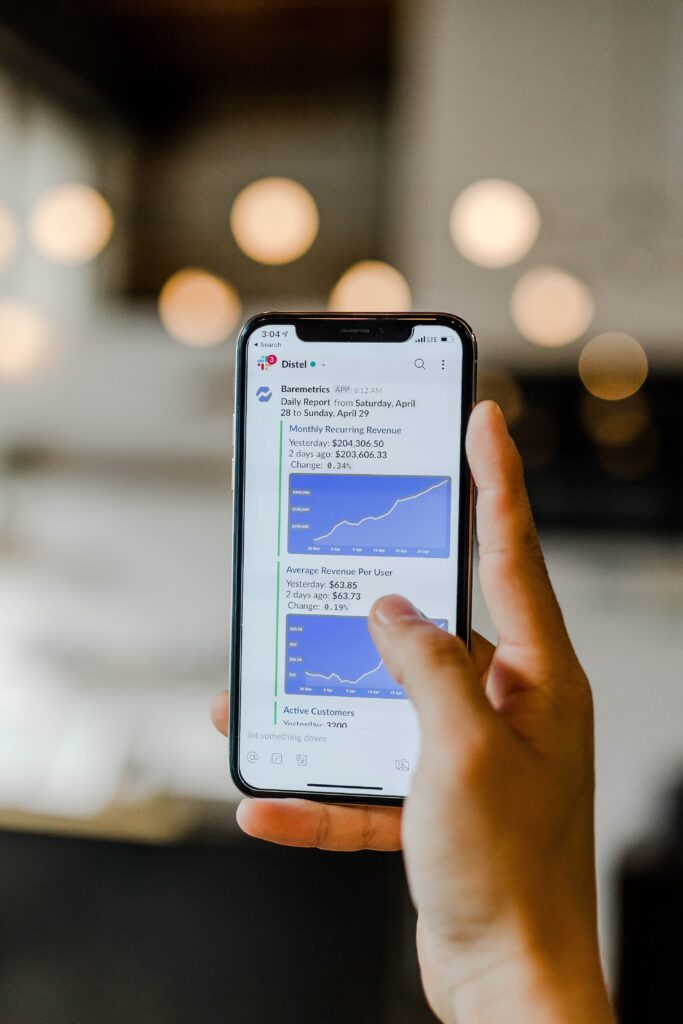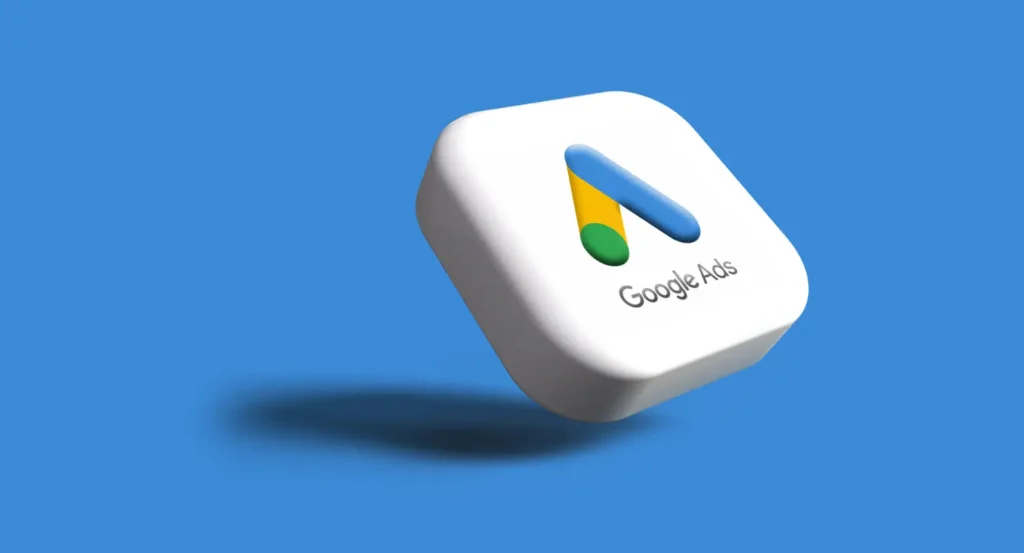Top 5 Social Media Platforms for Business: Should You Be Using Twitter?

In its early days, social media was merely a way for old friends to keep in touch, but since then it has become a powerhouse in shaping trends and culture. Brands now realise that having a social media presence is a requirement for effective marketing. And in many ways, social media is for today what the Yellow Pages were for their day. If you are a business that wants to be found, it’s where you have to be.
But unlike the Yellow Pages, there are multiple social media networks that you can choose from, each with their own unique personality and engagement style. What are the top 5 social media platforms for businesses, and does Twitter still play an important role in your B2B strategy? Let’s take a look.
As a social network that is specifically designed around business and employment connections, LinkedIn is an obvious fit for your B2B marketing efforts. In fact, according to a study by the Content Marketing Institute, 97% of B2B marketers are using LinkedIn as a part of their content marketing strategy. Being able to publish longer-form articles makes it a very effective content marketing platform compared to most social media sites that favour shorter posts.

This ability to post long-form content and the focus on business connections also makes LinkedIn a fantastic resource for a product launch. You can give updates on your product as it nears launch and create post-launch content that will get seen by more people than if you simply posted it on your website. Here, business leaders in your industry will likely come across it and hopefully share it amongst other potential customers on LinkedIn.
Of course, the larger your network is, the more people will see it. Which brings us to another powerful aspect of LinkedIn – the ability to connect with other people in your field will simultaneously provide you with a collection of people who may be interested in your product and with peers that you can learn from and share knowledge with.
LinkedIn is also powerful for advertising, with a range of tools available for B2B businesses and marketers to target a specific audience or a wider range of demographics. You can promote articles and online resources through sponsored content and build brand awareness from people outside of your network. Sponsored InMail is also an effective way to reach out to prospects, they would receive messages in their inbox sent by individual profiles to make it seem more personal. We would always recommend a content-led approach with LinkedIn, and if you’d like to know more about how LinkedIn’s lead generation capabilities – check out our blog LinkedIn Advertising: The Ultimate Guide for B2B Marketers.
YouTube
If you can produce compelling videos, YouTube rivals LinkedIn as a content marketing platform. Although used by only 60% of B2B marketers according to the Content Marketing Institute, YouTube is a wonderful resource for SaaS companies. Video tutorials of how to use your product are easier for people to understand and will often gain more interest than how-to articles would.

The importance of video as a sales medium is undisputed. You likely already have an introductory video or explainer as part of your sales funnel. As the second-largest website behind Google, YouTube is the perfect place to put content that you want to get a lot of eyeballs on – like your sales pitch. Short videos showing off your product’s powerful individual features can complement sales videos and longer-form tutorials well.
The YouTube algorithms strongly reward content creators who frequently upload content, but only producing sales videos and content based on your product will not provide very extensive content. There is however, another opportunity to increase your brand’s reputation as a thought leader through YouTube, whilst growing brand awareness by increasing your view count and YouTube subscriber base. By creating educational content aimed towards your target industry but not directly relating to your software, you will gain reputation as a key player amongst industry peers and help establish credibility for your software product.
Primarily an image based site, Instagram functions differently than other text-based platforms on the list. Brands can use it effectively in unique ways though. The live video feature allows you to interact with your followers in meaningful ways. You could do a question and answer session on how to use your software, or make exciting product announcements using these live videos.

As far as posting on the platform goes, it can be a great way to let your followers see a different side of your company and get to know your culture. Behind the scenes style candid shots give faces to the names that customers interact with on your website and allow them to see the human side of your company. You can also post infographics that help explain some aspects of your product or the industry that it targets.
Much like Twitter, Instagram relies heavily on hashtags. By creating or participating in existing hashtags you will be able to expand your reach and pull in Instagram users who are interested in the topic being referenced in the hashtag but aren’t yet following you. Considering 1 billion people use Instagram every month and one-third of the most-viewed stories come from businesses, such outreach can be an effective way to bring in more followers.
⚠️ eBook download: Your Complete Guide to Inbound Marketing
Since surpassing Myspace, Facebook has been one of the longest-running and most used social media networks in the world. The company’s data collection puts them second only to Google, making them a go-to resource for affordable and highly targeted advertising.It is your actual presence on Facebook, however, that will help your company grow its customer base and forge better relationships with your community of users.

Facebook’s built-in Messenger has become a customer support tool in itself. Many companies even deploy Facebook Messenger bots to guide customers through common troubleshooting problems the same way they may do with the chat feature on their own website. Of course, customer support on Facebook isn’t limited to bots. When needed, actual humans can jump on Messenger and interact with customers in need. Many questions are short and easy to answer and so find themselves in the comments section of your posts rather than in your message box. Which brings us to another big positive for Facebook.
The comment section of Facebook encourages your followers to engage with the content that you create. They may have simple questions that someone on your staff can help, or they may have valuable feedback that helps to shape the next iteration of your product. Whatever the interaction is, you’ll be connecting with your customer base in a way that would not be possible without social media.
Micro-blogging site Twitter has many similarities with Facebook. Brands often use Twitter direct messages (DMs) to provide customer support in the same way that they use Facebook Messenger. The two sites have fundamentally different cultures, however. The much smaller character limit of Twitter limits how detailed your posts can get so users expect to digest content quickly and easily.

Some of the most successful brands on Twitter use the site in much the same way that its regular users do. They put aside the corporate-speaking and Comms department-approved dialogues and act much more colloquially. Generally speaking, the platform rewards a more relaxed and humanised approach.
Also like Facebook, you can interact with your followers, answer basic questions, and get valuable feedback. The smaller character limit does restrict how in-depth your conversation can get, but it is still a very useful platform for interacting with the people who use your software or who may potentially purchase a subscription.
Should you be using Twitter?

When Twitter began to see a decline in 2018, some marketers thought that the platform may have been running out of its lifespan. Those fears were set aside in 2019 however, when the social media site once again saw an uptake in users. It should be noted that Twitter stopped publicly sharing their user data in early 2019, so we do not know whether the recovery continued or fell off. Regardless, Twitter remains a solid platform for B2B marketing. The key is knowing how to best use it.
Twitter is a noisy platform. On Facebook, people tend to follow their friends and the brands that they like. Whereas on Twitter, users tend to follow large numbers of people that they’ve had rewarding interactions with. This means that the average Twitter user will miss large numbers of tweets in their crowded timeline.
This is part of the reason that brands go for the more sociable, human persona on Twitter rather than use it primarily as a way to get information out. Of course, you should still post major developments and product announcements on the site as any exposure helps. But you should also focus on engaging with your followers and giving your brand a personality. Doing so will help provide you with more brand awareness.
Increasing brand awareness is where Twitter will shine. Companies often make the mistake of treating Twitter like a bottom of the funnel platform. You aren’t going to post links to your subscription page and have lots of takers throwing money at you. Instead, you must treat it like a high-level, top of the funnel platform. Twitter users are looking for useful content that addresses their pain points or provides an interesting commentary on their industry. By giving them that, you’ll be creating brand awareness that drives people to the top of your sales funnel.
If you are looking to learn more about how to maximise your social media presence, or just need general information on how to grow your SaaS business, please feel free to contact us today.
Reach Your Revenue Goals. Grow MRR with Gripped.
Discover how Gripped can help drive more trial sign-ups, secure quality demos with decision makers and maximise your marketing budget.
Here's what you'll get:
- Helpful advice and guidance
- No sales pitches or nonsense
- No obligations or commitments



Book your free digital marketing review
Other Articles you maybe interested in
The Top 10 B2B PPC Agency Options in the UK
It’s more important than ever for B2B businesses to have a solid online presence. B2B businesses must invest in effective digital marketing strategies, such as pay-per-click (PPC) advertising. That’s where a B2B paid search agency comes in. These specialist agencies are dedicated to helping B2B businesses reach and engage with their target audiences through targeted…
Best B2B Google Ads Agency Options in 2025
Choosing the right B2B paid search agency can significantly impact your ability to hit business goals. Here, we’ve compiled a list of the top B2B Google Ads agencies to help your business find the perfect partner for their digital marketing needs. Each agency is specialised, experienced, and ready to help you achieve exceptional returns on…
Top 10 LinkedIn Marketing Agencies in 2025
Looking for powerful ways to attract customers? LinkedIn is a game-changing tool for B2B companies in 2025. It’s a fantastic place for businesses to connect with their target audience, get their name out there, and boost their customer base. Whether your business offers a product or a service, LinkedIn can be your secret weapon for…



